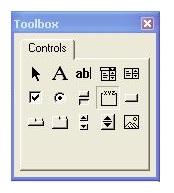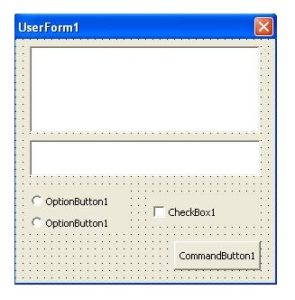By Tamara Portnoy
What an attorney really needs is a simple way to produce regular forms and frequently used documents which, of course, means; templates, templates, templates. Yes, there can be a learning curve to create truly useful templates but you only have to create them once. Then you just use them over and over. If something changes you only have to change it in one place. Using automatic dates, line and page numbering, internal referencing and table of contents make templates even more useful and accurate. Too often attorneys cannibalize documents and end up with something that says “plaintiff” where it should say “defendant” or a will that lists the wrong children or a one-off bequest that you forgot was there. A document with _____ or XXX where you need to change information is not really an improvement; however, those are easily converted to proper templates.
Truly useful templates incorporate a small amount of Visual Basic and a userform. Userforms collect input data and then distribute the data throughout the document or they can create other things within the Office Suite such as timesheet entries, envelopes, fax cover sheets, calendar entries or task list entries. It can even name and save the file being created. This reduces errors and proofing required by using old documents to create new ones and having to replace parties, dates, and facts. Userforms are not difficult to create or use if you keep them simple and have a clear understanding of the data you need to collect to complete your work.
Using an example of a userform to complete a letter: You would need the date, an addressee, a regarding line, a dear addressee line, the body of the letter and a signature. Build a userform for those data items. Better yet, get them from Outlook and simply merge them into your template.

In a Word document, add bookmarks at the positions for the date, the regarding line, the addressee and the Dear Addressee line. Now choose Alt-F11 to open the Visual Basic editor. On the upper left side find your document and select it. Then select Insert > Userform to create a userform blank. Add a listbox, a textbox, two radio buttons, a checkbox and a command button. If you hover over the tools window it will show you what each control does.
- The listbox can retrieve Outlook Contact information and display it for selection. Now you won’t have to type the address or find an old letter to this addressee to gut and create a new letter.
- The textbox will hold the regarding line as it will appear in the letter, just as you type it in the box.
- The Radio Buttons will indicate what signature should appear on the letter. This could be you with or without your secretary, partner or any other combination.
- The checkbox will be for a transmittal form letter. When checked the body of the letter will be a standard transmittal letter.
- The command button will cause the userform data to be transmitted to the letter. This button gathers the data and contains the Visual Basic code to complete the letter using the Bookmarks.
If you have form transmittal letters for discovery requests or responses, requests for medical records or requests for information or follow up there is no better way to quickly and accurately create those form letters than a template with a userform.
You can also assemble templates that you access from Outlook by choosing the contacts to be included and then merge the selected contacts to the template.
Unlike third party software for form creation, userforms are already part of the Microsoft Office Suite and can be structured to accomplish a vast number of tasks. Visual Basic can be combined with userforms to create Outlook calendar entries, task entries, contacts, email, Excel data, or any combination of things that will make your practice run smoothly and accurately based on the practices and processes you have already defined. The learning curve is smaller than third party software and there are no requirements to modify your current practice to accommodate the capacity of a third party system. Templates represent a one-time cost without additional installation, updates, upgrades, or support unless you change something and the forms themselves require updating.
Tamara Portnoy has worked for attorneys since 1985, but her real passion is computer software. She expresses this passion in law offices by creating tools to make work flow more smoothly.
She has worked for six firms, in three different states, in nearly every area of law, whether the firm had 2 attorneys or over 500, and all of these attorneys used computers as just glorified typewriters.
She earned her paralegal certificate and then returned to the same program two years later to develop and teach computer use to paralegals. No course was offered at the time she went through the program.
From 1995 to 2000 she worked in Silicon Valley at an internet start-up, seeing it grow from angel investors to initial public offering and merger with a competitor. After spending several years at home raising two children, she returned to working in law offices and found that many attorneys have improved their computer skills but most still use computers only as digital typewriters.
She learned to leverage the power already built into software. Now is the time to improve efficiencies and reduce duplication, waste, and errors in the law office. Pressure on the billable hour and client demands for cost reduction make this the perfect time for lawyers to embrace the power of the technology already sitting on the desk.


